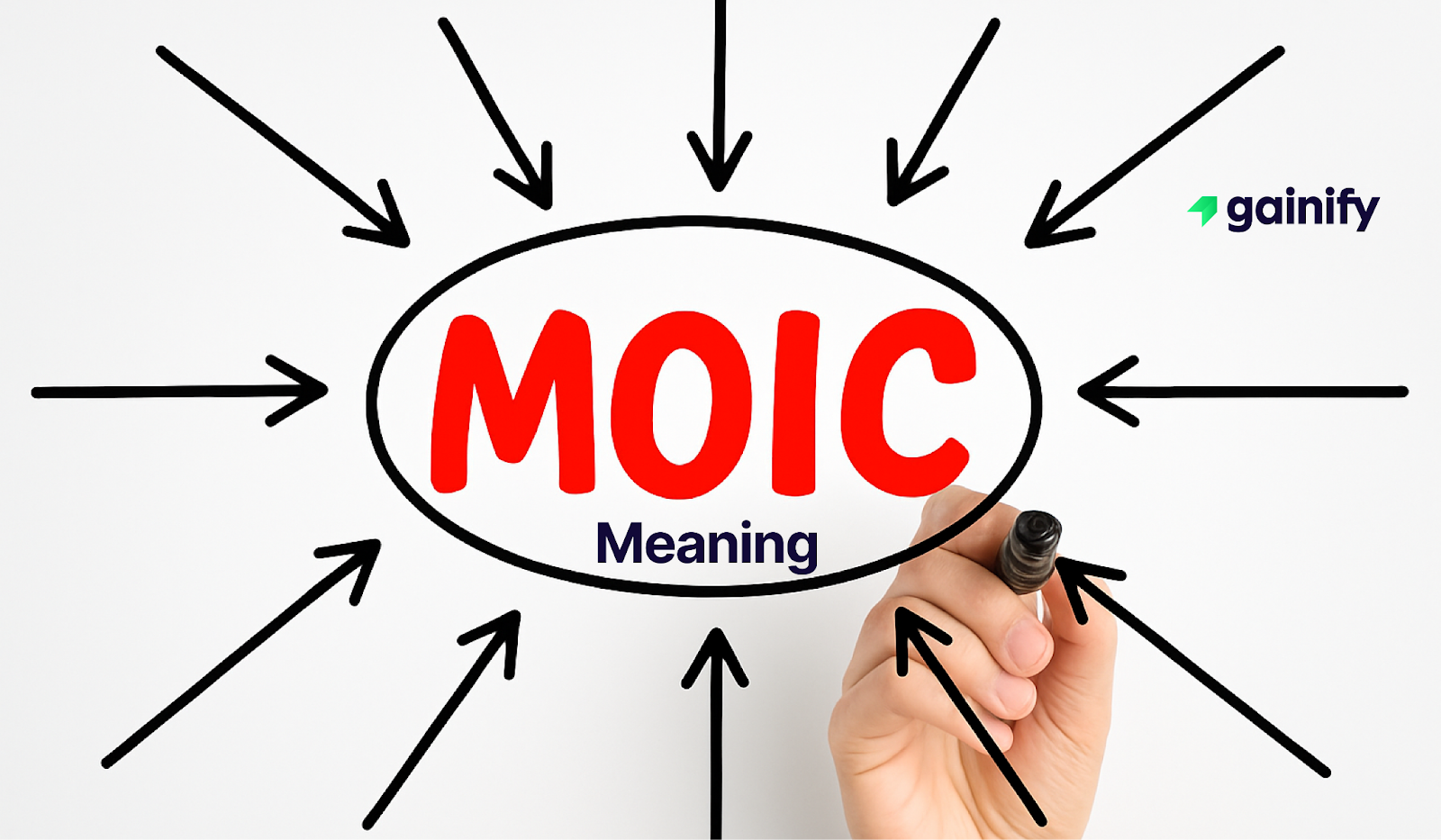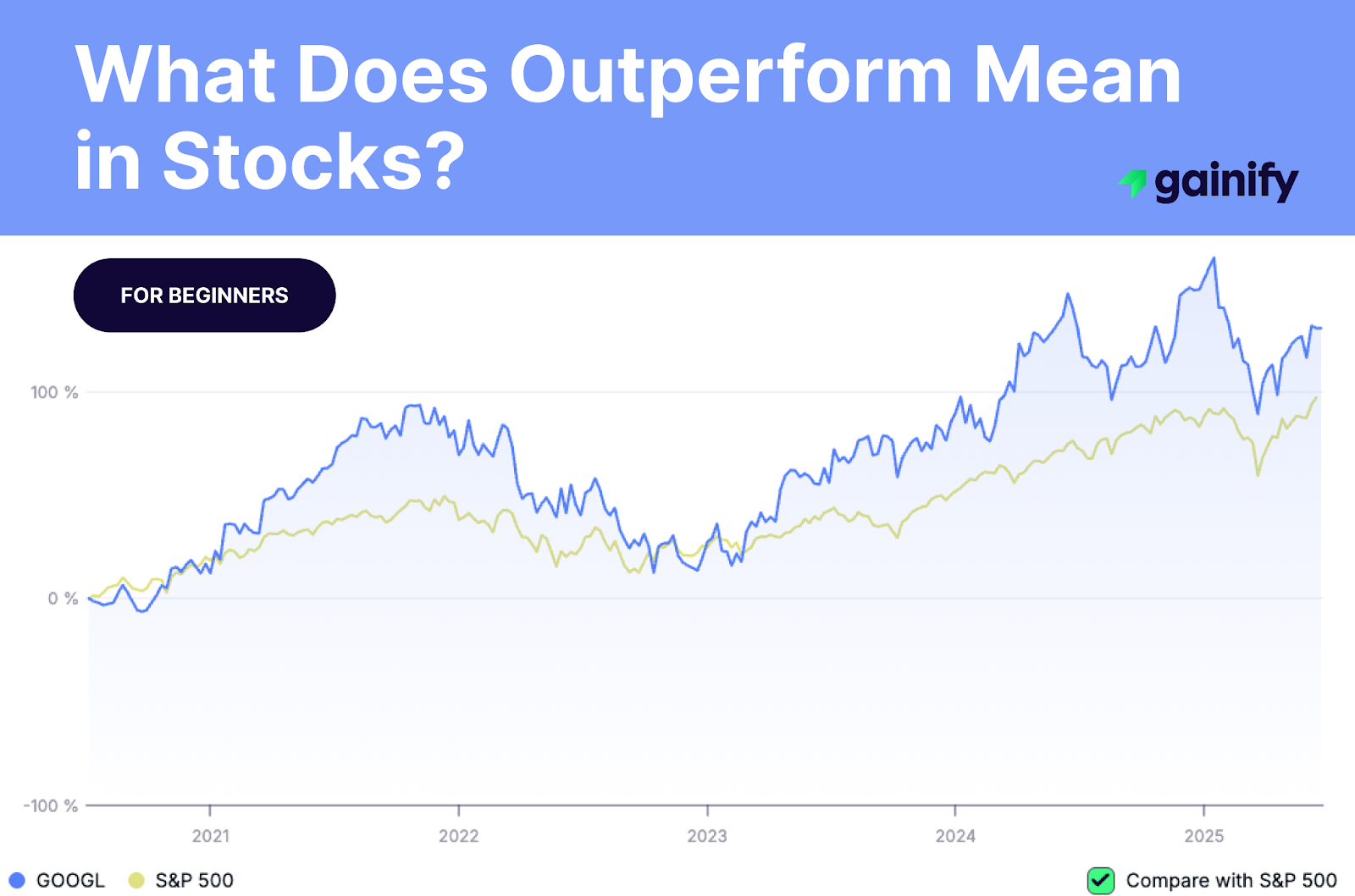In today’s competitive investment landscape, making informed decisions requires a clear understanding of key financial metrics. One such metric that plays a crucial role in evaluating investment performance is MOIC (Multiple on Invested Capital).
In short, MOIC tells you how much value your investment has generated relative to the initial capital you invested. Whether you’re a seasoned investor working with a private equity firm, exploring venture capital funds, or evaluating real estate investment opportunities, understanding MOIC helps you assess the potential returns of your investments with greater confidence.
What Is MOIC? A Simple Explanation
MOIC, or Multiple on Invested Capital, is a straightforward metric used to measure the absolute return of an investment relative to the initial investment. In simple terms, MOIC answers the question:
How much value has my investment generated compared to the original amount I invested?
MOIC Formula:
MOIC = Current Value of Investment / Initial Investment
For example, if you made an initial capital investment of $50,000 and the investment is now worth $150,000, the MOIC is:
150,000 / 50,000 = 3.0x
This means you’ve earned 3 times your original investment, representing a substantial return on an absolute basis.

Why MOIC Is a Crucial Metric for Investors
- Quick Snapshot of Returns: MOIC provides a clear picture of investment performance without requiring complex calculations.
- Evaluates Investment Across Asset Classes: Whether you’re considering private equity investments, venture capital, or real estate investments, MOIC applies universally across alternative assets and traditional asset classes.
- Supports Strategic Planning: MOIC helps investors align their financial strategies and set realistic expectations for future investments based on current investment outcomes.
- Assists in Portfolio Management: Fund managers and individual investors can use MOIC to monitor the performance over time of their investment portfolio and make strategic decisions about ongoing investments and exits.
MOIC vs. IRR: Understanding the Key Differences
While MOIC measures the absolute return on an investment, it does not consider the timing of cash flows or the investment period. This is where the Internal Rate of Return (IRR) becomes relevant.
Metric | Focus | Considers Time? | Common Use Cases |
MOIC | Total Return | No | Simple evaluation of investment growth |
IRR | Annualized Basis | Yes | Evaluating returns adjusted for time and cash flow timing |
- MOIC is ideal for quickly assessing whether an investment is delivering a positive return.
- IRR helps determine if the rate of return justifies the investment based on its investment horizon and cash flow timing.
Pro Tip: Combine both MOIC and IRR for a complete picture of investment performance and to better assess the future potential of potential investments.
How to Apply MOIC Across Different Investment Types
Private Equity Investments
In the private markets, MOIC is a widely used key performance metric. Private equity firms often target MOIC multiples of 2.0x to 3.0x over a typical investment period of 5 to 7 years. However, higher MOIC targets may be expected for higher-risk investments or early-stage investments.
Venture Capital
Venture capitalists and venture capital firms often aim for MOIC multiples of 5.0x or higher due to the inherently high-risk, high-reward nature of startup investments and technology startups.
Real Estate Investments
For real estate investors, a MOIC of 1.5x to 2.0x is often considered solid, especially for stabilized properties or rental property holdings. In real estate fund performance assessments, MOIC works alongside other real estate return metrics to guide portfolio management decisions.
Limitations of MOIC You Should Know
- Ignores Time Value of Money: MOIC doesn’t account for how long it took to achieve returns or the timing of capital calls and cash inflows.
- Overlooks Risk: It doesn’t consider the risk profile or whether the investment required significant additional funding.
- Incomplete Without Other Metrics: MOIC should be paired with metrics like IRR, TVPI (Total Value to Paid-In), and DPI (Distributions to Paid-In) for a fuller picture of fund performance and investment outcomes.
How to Use MOIC for Better Investment Decisions
- Assess Individual Investments: Use MOIC to evaluate the success of each individual investment relative to its initial cost.
- Compare Fund Performance: Analyze fund portfolios using MOIC to identify high-performing investments and assess the effectiveness of different investment strategies.
- Plan Exit Strategies: MOIC helps determine the right time of exit by evaluating whether current valuations meet desired return metrics.
- Support Future Investment Decisions: Learn from past MOIC results to identify more attractive investment opportunities and avoid risky investments that fail to deliver.
Final Thoughts: Is MOIC the Definitive Measure of Success?
While MOIC is a powerful tool for evaluating financial performance on an absolute basis, it shouldn’t be the sole factor in your investment decisions. Use it in combination with other valuable metrics like IRR, cash-on-cash return, and risk-adjusted returns to build a solid foundation for your portfolio.
For high-stakes investments, it’s always advisable to work with an experienced SEC-registered investment adviser who can provide advisory services tailored to your unique financial goals and risk assessment. With the right approach, you’ll be well-positioned to pursue attractive returns and achieve a profitable outcome across all your investments.




